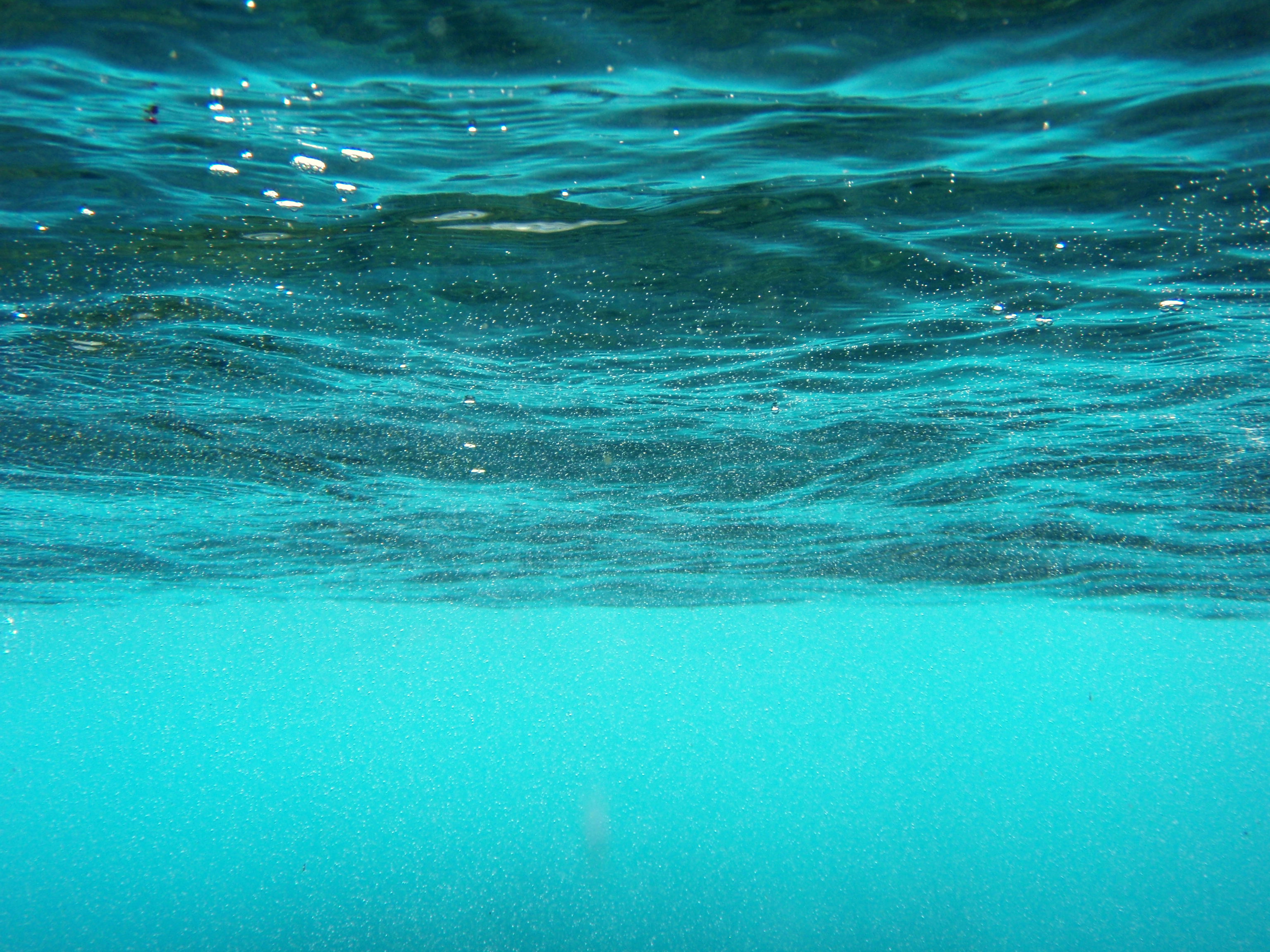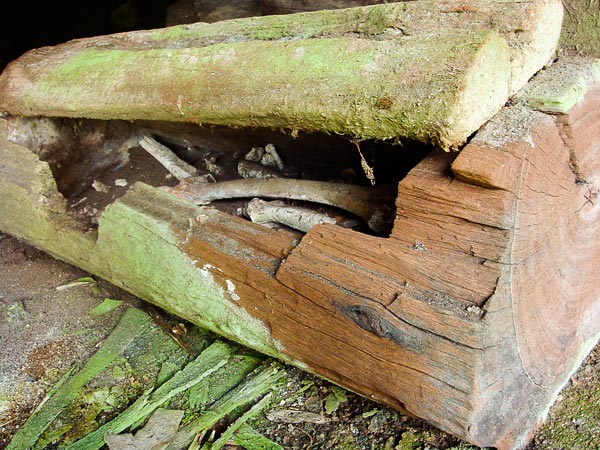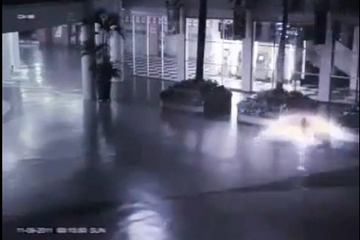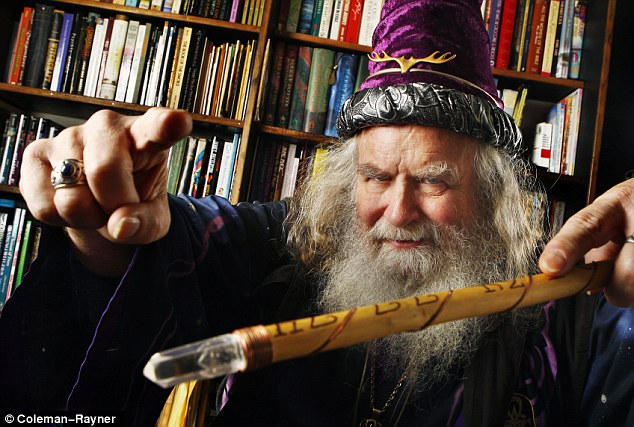
Ever heard the phrase “dig a little deeper”?
Well apparently, throughout the hundreds of people that have visited, investigated, done research at, and along with the thousands of whom saw pictures of the famous ‘Heads of Easter Island’, no one thought about that little old phrase, until now.
Fox News writes:
New photographs reveal what lies beneath the surface of Easter Island, one of the most remote places in the world — the carved bodies of the island’s 887 famous guardians.
Most people think of the 63-square-mile Pacific island’s silent stone sentinels as simple heads. But the heads all have bodies — and a backstory that’s only now being pieced together, explained Jo Anne Van Tilburg, director of the Easter Island Statue Project.
“Those statues which are the most photographed are standing in the quarry. They’re buried up to mid-torso level. So it’s understandable that the general public didn’t have a clue that those statues had bodies,” she told FoxNews.com.
Current belief is that the statues were carved between A.D.1100 up until the 1800s, when an influx of Westerners transformed the culture. Van Tilburg, a fellow with The Cotsen Institute of Archaeology at the University of California, Los Angeles, has only been coming to Easter Island (called Rapa Nui) to do research for twenty years, since 1992. But she first came more than thirty years ago — and stayed for one clear reason. “I fell in love with the statues,” she said simply.
“I came to Easter Island in 1981. I was impressed with the number of statues and that they seemed accessible to me, they were on the surface. I wanted to know what was below the surface.”
First Van Tilburg documented the island’s statues and those that have been removed to museums; there are 887 inventoried, though she says the number is closer to 1,000. Then she began the next phase of work to reveal what lay beneath the ground — covered up not intentionally by men, but through centuries of exposure to the environment.
That process has taken 12 years so far, and may take a lifetime of work.
Read more at foxnews.com














